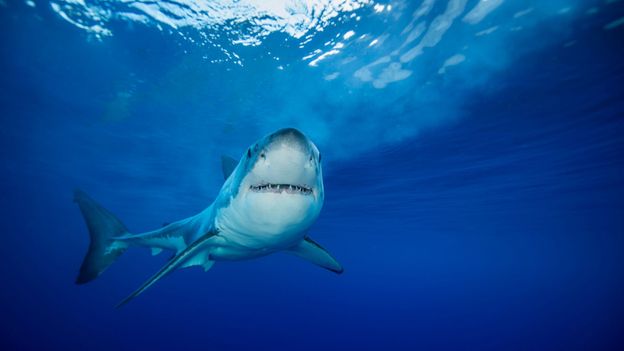Flagellin isn’t yet licensed for use in any human vaccine, but it’s shown promising results in trials.
During a natural infection with bacteria, the protein binds to receptors on the surface of immune cells. This acts like a danger signal and encourages them to tell other immune cells to flock to the site – leading to a protective response. In theory, this is also what happens when it’s included in vaccines. As with other adjuvants, it gets the attention of the immune system, so that the vaccine can do its job.
So-called bacterial ghosts are another possibility, composed of the empty skins of bacteria. These are made by splitting open bacterial cells, such as those belonging to E. coli, so that you are left with the cell membrane and nothing else. Like squalene-based adjuvants, they lead to the production of chemical signals, which call for help from immune cells and maximise the chances of them finding the vaccine.
“The development of adjuvants is tedious work,” says Sun. “I mean, you have to make sure of the safety as well as the efficacy – and this takes time. For a traditional vaccine, it usually takes about 10-12 years for us to licence the vaccine.”
Who knows, nearly a century after Gaston Ramon experimented with breadcrumbs, the world of adjuvants might be about to get a modern makeover – and the next generation looks set to be just as bizarre as they were to begin with.


Dining and Cooking